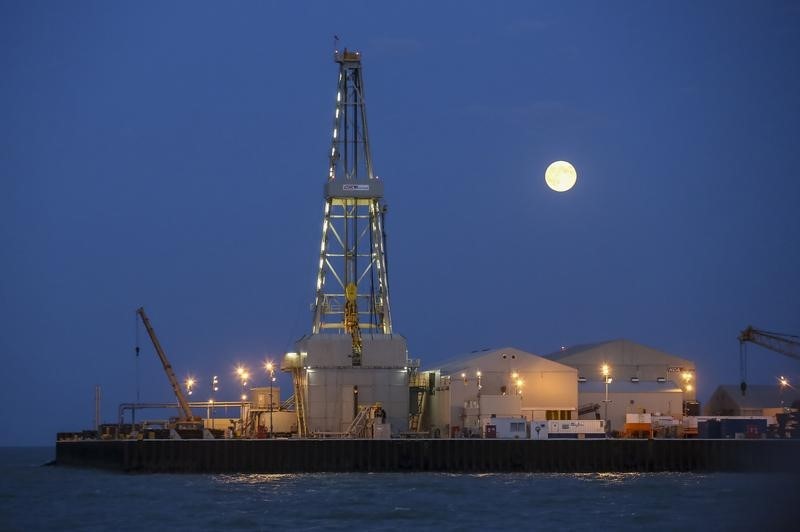(The opinions expressed here are those of the author, a columnist for Reuters.)
By Clyde Russell
LAUNCESTON, Australia, Aug 29 (Reuters) - There is little doubt that China's surging exports of refined fuels have cut profit margins for Asia's refiners, but the pain is unlikely to be shared equally across all the region's exporters of oil products.
Given the scarcity of detailed official data on oil product imports and exports among many Asian countries, it's nigh impossible to build a completely accurate picture of the likely winners and losers.
However, detailed data is provided by China on the export destinations of its product exports, and Australia, the region's biggest importer of refined fuels, also gives a country-by-country breakdown of its imports.
The overall picture for Asia's refiners is that profit margins appear to have shifted structurally lower as a result of China's massive exports of diesel and gasoline.
China's exports of 370,000 barrels per day (bpd) of diesel in July were 181.8 percent higher than the same month last year, and year-to-date exports are up a staggering 223 percent.
Its gasoline exports are also up sharply, rising 84.3 percent in the first seven months from a year ago. Chinese customs data does give clues as to where the additional fuel exports are heading, with gasoline shipments to Malaysia rising 490 percent in the first seven months of the year for example.
For diesel, Chinese exports to the Philippines are up an astounding 2,084 percent to the equivalent of about 45,000 bpd, and those to Australia have jumped 1,049 percent.
But these figures must be treated with some caution as they reflect only direct exports to those countries, and not cargoes shipped through another country.
Chinese customs figures show a 134.7 percent rise on diesel exports to Singapore in the first seven months of the year and an 119 percent increase in shipments of gasoline.
Singapore is the region's main trading hub and the Chinese exports to the island state are almost certain to be re-exported to other countries.
AUSTRALIA SHOWS LOSERS
For this reason, looking at the Australian statistics is useful, as it breaks down fuel imports by country of origin.
Australia reports data in megalitres and converting this to barrels per day using the BP (LON:BP) conversion factors shows that China exported about 54,000 bpd of refined products in June, the latest month for which statistics are available.
This was almost 50 percent higher than the average 37,800 bpd Australia imported from China in the year ended June 30.
As China's exports to Australia have risen, other countries have seen theirs decline.
South Korea's total product exports to Australia were about 135,800 bpd in June, down from an average of 167,800 bpd in 2015-16, while Singapore's dropped to 86,795 bpd from 135,700 bpd and Japan's from 121,700 bpd to 86,000 bpd.
Looking specifically at diesel, the main product that Australia imports given its reliance on the fuel for powering the country's mining industry, and a similar pattern emerges.
Australia bought 37,608 bpd of diesel from China in June alone, versus an average 10,511 bpd for the year to June 30.
Shipments from South Korea to Australia dropped to 46,963 bpd in June from the 2015-16 average of 71,496 bpd, Singapore declined to 52,731 bpd from 80,444 bpd and Japan to 64,707 bpd from 68,000 bpd.
While Australia's three traditional suppliers of refined products all appear to be losing market share, it's not just China that is gaining.
Australia bought 47,900 bpd of diesel from India in June, up from the 2015-16 average of 30,000 bpd.
With both China and India gaining increased shares of Australia's open and competitive refined fuels market, this would seem to indicate that they are more competitive than refineries in South Korea, Japan and Singapore.
Given both India and China have the most modern and presumably cost-efficient refineries in the region, it makes sense that they're able to be more competitive.
China's overbuilding of refinery capacity will continue to act as a disruptor in Asia's fuel markets, making profits harder to come by and forcing refiners to focus on cost-cutting and flexibility in marketing in order to prosper. (Editing by Himani Sarkar)
